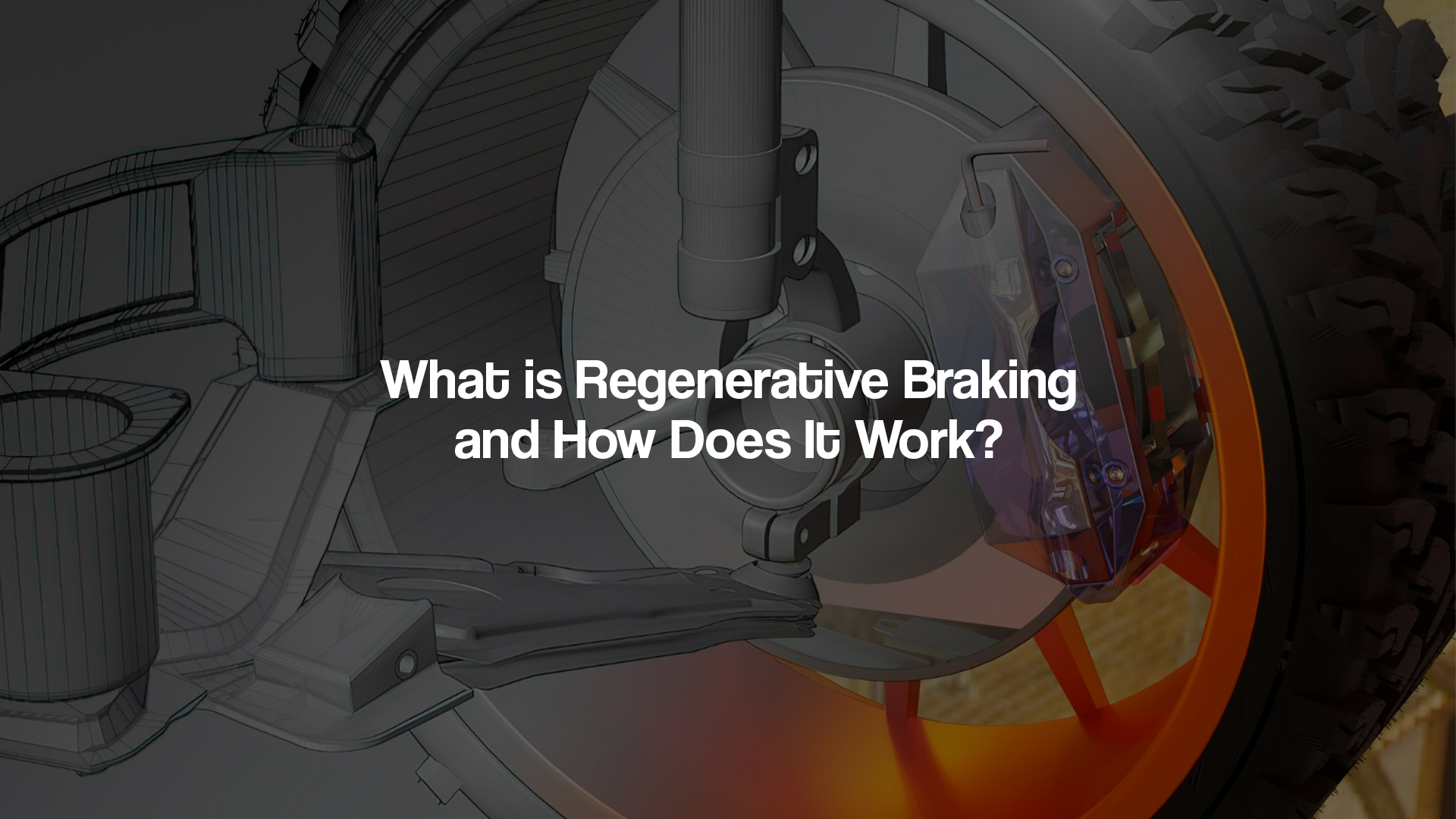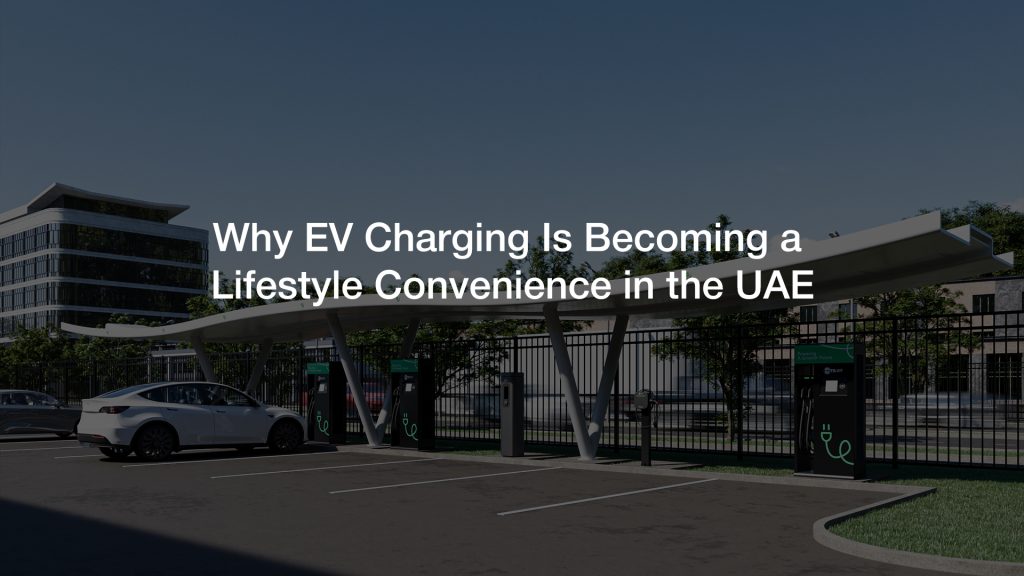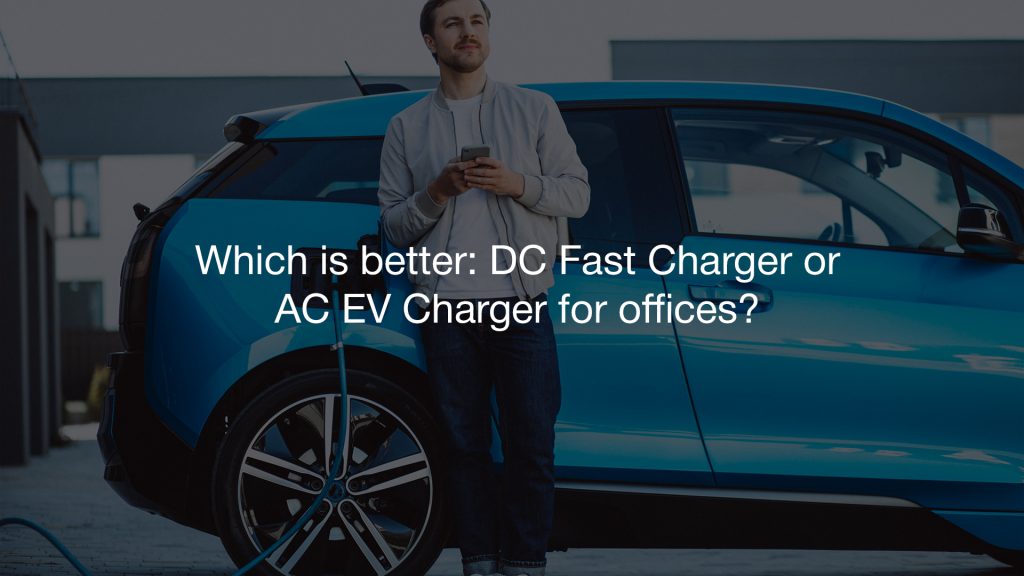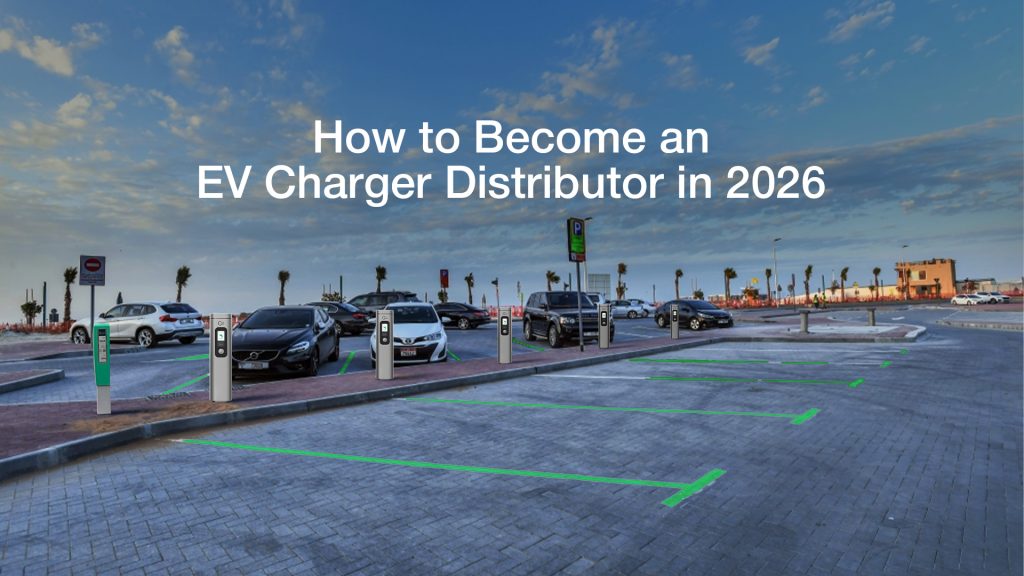Ever wondered how regenerative braking helps electric vehicles (EVs) stretch their range so efficiently? Especially in high-traffic environments like Dubai or Abu Dhabi, where stop-and-go driving is the norm, regenerative braking plays a crucial role in conserving energy and enhancing vehicle performance. Unlike traditional friction-based systems that waste kinetic energy as heat, this smart braking technology converts deceleration into usable electrical energy, sending it back to the battery, boosting range, and reducing charging frequency.
With the UAE emerging as a regional leader in EV adoption—thanks to initiatives like free EV registration, green parking permits, and expanding infrastructure—the role of energy-efficient technologies like regenerative braking has never been more important. The UAE now boasts over 1,000 public EV chargers, including high-speed units supplied by trusted EV charger manufacturers. As sustainability becomes central to transportation, understanding how this innovative braking system works is key to making informed EV choices in the Emirates.
Understanding the Basics of Regenerative Braking
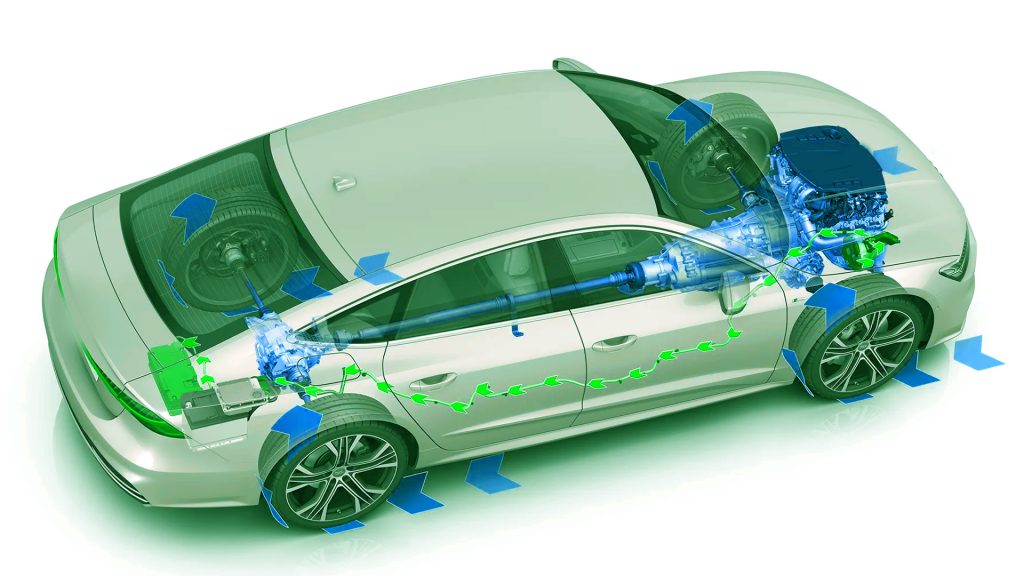
At its core, regenerative braking is a method of energy recovery. Traditional brakes convert kinetic energy into heat through friction—energy that’s wasted. In contrast, regenerative braking captures this energy and converts it into electricity, which is fed back into the EV’s battery system.
In EVs, the electric motor functions in two directions. When the vehicle accelerates, the motor drives the wheels. But when you decelerate or apply the brakes, the motor switches to generator mode. The wheels turn the motor, generating electricity in the process. This smart conversion of kinetic energy not only enhances range but also reduces wear on mechanical brake components.
How Does Regenerative Braking Work?
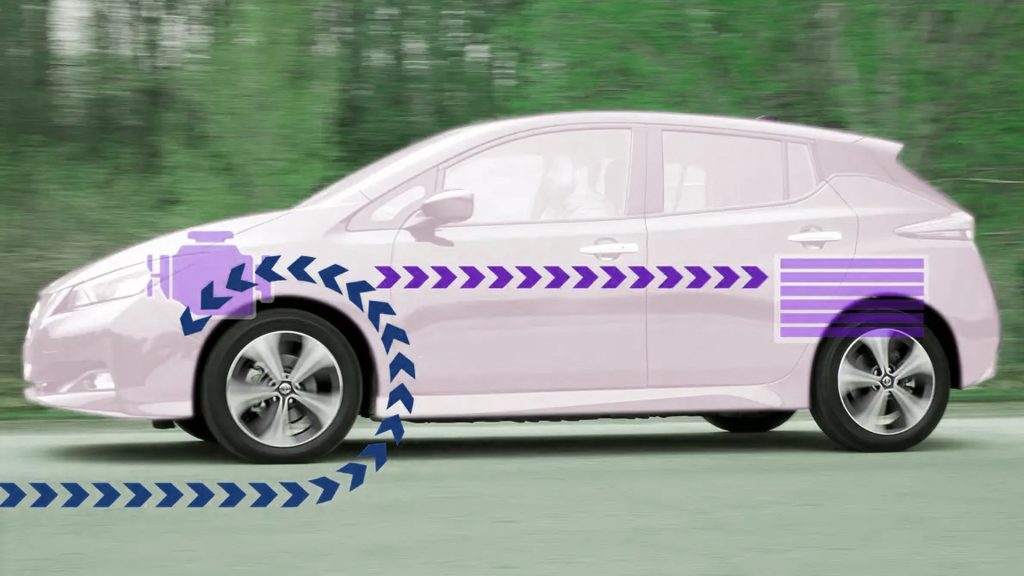
Regenerative braking is a key feature in electric vehicles (EVs) and hybrids that helps improve energy efficiency. Instead of wasting energy as heat during braking—like in traditional vehicles—regenerative braking captures that energy and converts it into electricity. This electricity is then stored in the vehicle’s battery for future use, helping extend the driving range and reduce energy waste. It’s a smart and eco-friendly way to make every slowdown count.
Let’s break down how this process works, step by step:
1) Deceleration Initiation
The regenerative braking process begins when you either lift your foot off the accelerator or gently press the brake pedal. This action signals the electric vehicle’s control system to activate regenerative braking. Unlike conventional braking, which uses friction to slow the car, regenerative braking aims to recover and reuse energy during deceleration.
2) Motor Reversal
Once regenerative braking is triggered, the electric motor that usually drives the wheels forward switches its role. It starts spinning in the opposite direction—not to power the wheels, but to act like a generator. This reversal is key because it allows the system to start converting motion into usable electrical energy.
3) Energy Conversion
As the motor spins in reverse, it resists the motion of the wheels, creating a braking force. During this resistance, the kinetic energy from the car’s movement is converted into electrical energy. This conversion is made possible because the motor, now functioning as a generator, captures energy that would normally be lost as heat in traditional brakes.
4) Battery Storage
Benefits of Regenerative Braking
Regenerative braking offers multiple performance, cost-saving, and environmental benefits for electric vehicles. It’s a key innovation in modern EV Chargers, supporting sustainability and energy efficiency in the UAE’s growing EV ecosystem.
1) Increased Energy Efficiency
One of the most celebrated benefits of regenerative braking is improved energy efficiency. By converting kinetic energy into electricity during deceleration, EVs can reuse this energy instead of wasting it as heat.
This process can increase an electric vehicle’s driving range by up to 10–30%, making it especially useful in UAE’s long-distance or high-traffic driving conditions. It also complements Certified EV Charger technology that focuses on optimal energy use.
2) Reduced Brake Wear
Traditional friction brakes wear out with frequent use, especially in stop-and-go driving. Regenerative braking reduces this stress by using the motor to slow the car down. This significantly extends the life of brake pads and discs, lowering long-term maintenance costs.
EV charger manufacturers in UAE increasingly highlight this feature as part of a holistic solution for cost-effective, low-maintenance EV operation, especially for fleet and city users.
3) Improved Urban Driving Experience
For city drivers in dense areas like Dubai and Abu Dhabi, regenerative braking enhances vehicle control and comfort. Many systems support one-pedal driving, allowing drivers to slow down simply by easing off the accelerator.
This creates smoother deceleration, reduces the need to shift between pedals, and makes city commuting more efficient—ideal when paired with a responsive AC EV charger supplier in UAE.
4) Environmental Impact
Regenerative braking promotes environmentally responsible driving by reducing energy waste and lowering emissions associated with brake material production and disposal. The reclaimed energy also reduces the load on the battery, meaning fewer charging cycles and longer battery life.
This aligns perfectly with the UAE’s green mobility goals and reinforces the country’s investment in Best EV Charging Solutions in UAE supported by Trusted EV charger manufacturers in UAE.
5) Enhanced Battery Performance
Since regenerative braking returns energy directly to the battery, it helps balance charging cycles more efficiently. This not only reduces the frequency of full recharges but also contributes to maintaining better battery health over time. EVs using advanced systems from Leading EV charger manufacturers in UAE benefit from this synergy—ensuring that the battery operates efficiently and lasts longer under various driving conditions.
Types of Regenerative Braking Systems
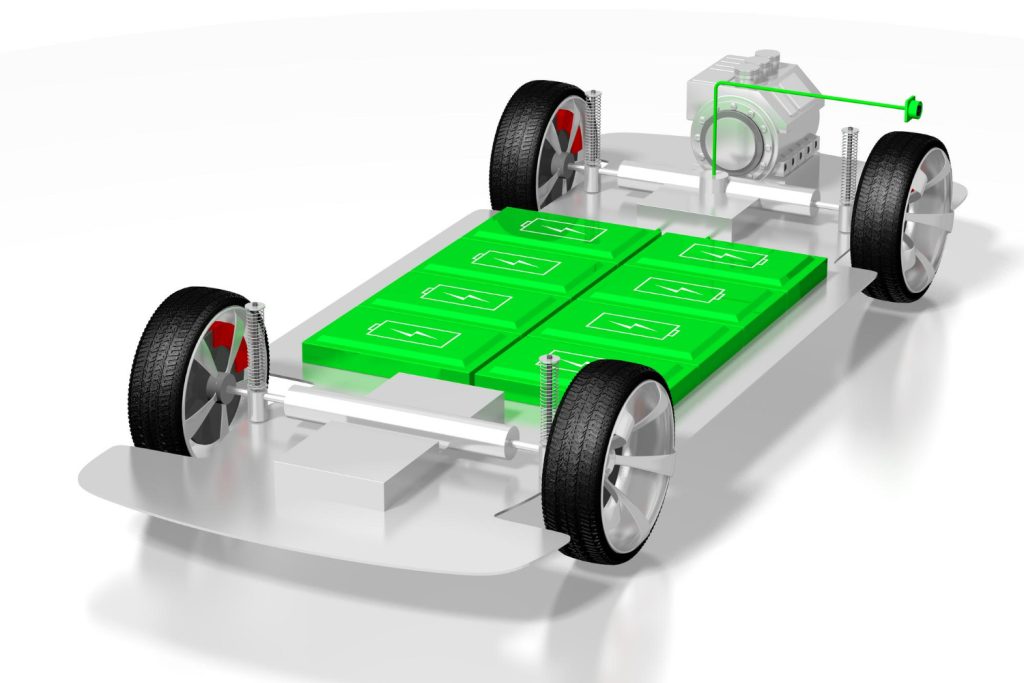
Electric vehicles today use a range of regenerative braking systems designed to maximise energy recovery in different driving conditions. Each type is tailored to suit various user preferences and driving styles.
These systems work in harmony with smart charging infrastructure, optimising battery performance and reducing reliance on mechanical brakes.
1) Single-Level Regeneration
This is the most basic form of regenerative braking, providing a consistent and fixed level of energy recovery when decelerating. Once the brake pedal is pressed or the accelerator is released, the system kicks in with a preset intensity. It’s easy to use and ideal for new EV drivers who prefer simplicity over customization.
Such systems work seamlessly with compact Certified EV Charger units from AC EV charger manufacturers in the UAE, ensuring steady charging performance and predictable energy cycles.
2) Multi-Level Regeneration
This type of regenerative braking gives drivers the flexibility to choose from several regeneration strengths—light, moderate, or strong. Controlled via steering wheel paddles or digital dashboards, multi-level regeneration allows you to adapt braking force to road conditions or personal driving style.
This adaptability complements intelligent EV charger supplier offerings that adjust current flow based on battery conditions, contributing to more efficient charging cycles. Leading AC & DC EV charger manufacturers in UAE ensure their systems support such smart features.
3) Automatic Regeneration
Powered by AI and smart sensors, automatic regenerative braking dynamically adjusts braking intensity in real time, depending on traffic, road gradient, and driving behaviour. It offers a highly responsive and intuitive driving experience.
Vehicles using this system are often paired with Top EV Charging Solutions in UAE, including Fast EV Chargers in UAE and Super Fast EV Chargers in UAE, capable of data integration and adaptive charging. This synergy supports seamless energy transitions and enhances EV range management.
The Future of Regenerative Braking & EV Infrastructure in the UAE
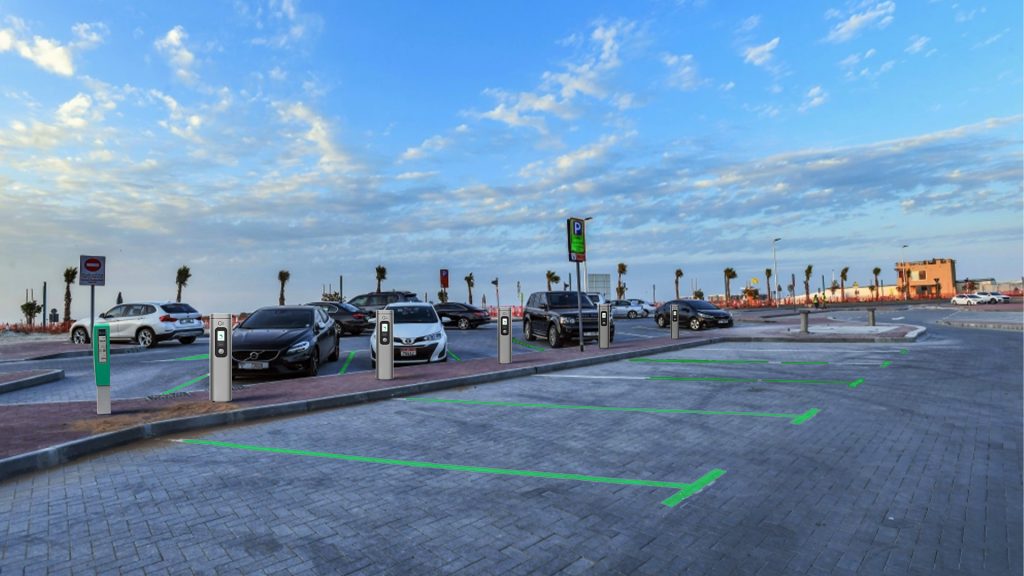
As the UAE continues its rapid transition towards sustainable mobility, regenerative braking is set to become a cornerstone of electric vehicle efficiency. With growing support for green transportation and national initiatives promoting clean energy, manufacturers are refining braking systems to recover even higher amounts of energy during daily commutes. At the same time, Trusted EV charging companies in UAE are developing advanced infrastructure to support these innovations.
Modern solutions now integrate Certified EV Chargers, AI-powered charge scheduling, and real-time energy management systems. These features, offered by top EV charger installers and AC & DC EV charger suppliers, are designed to complement vehicles equipped with intelligent regenerative braking systems. The result is a harmonised loop, where braking recharges the battery and charging solutions adapt to the energy already regained. As this ecosystem matures, UAE drivers can expect longer ranges, faster charging, and an overall smarter and greener driving experience.
Choose Efficiency in Every Brake
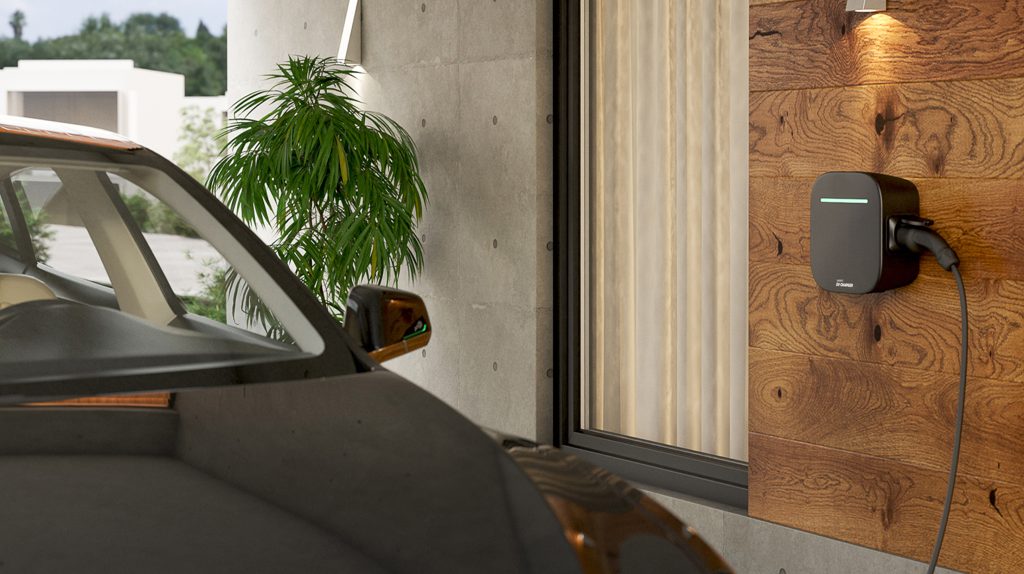
Regenerative braking isn’t just a clever feature—it’s a game-changer in the EV world. It maximises your driving range, cuts down on maintenance, and contributes to a cleaner environment.
As the UAE continues to adopt smart, green transportation, features like regenerative braking—paired with the right charging infrastructure—will define the next phase of mobility. Choosing the right EV charger matters. Whether you’re looking at AC EV charger manufacturers in UAE or DC EV charger supplier options, make sure your investment supports your EV’s advanced features.
Ready to future-proof your drive?
Explore trusted EV charger manufacturers in your area and make sure your EV charging solution is as smart as your car.



